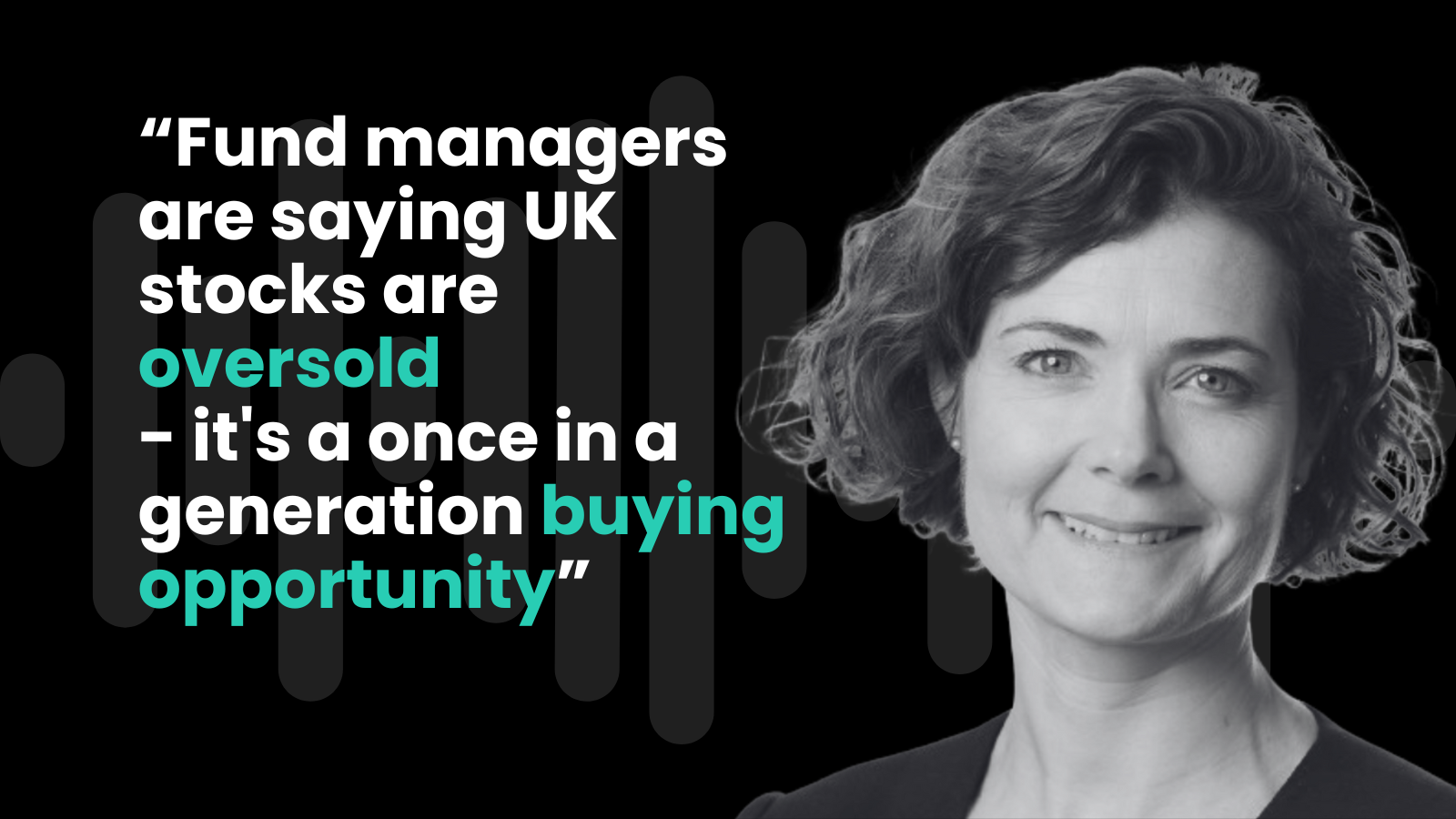Vietnam, long the darling of frontier-market investors, has finally graduated. On October 7th FTSE Russell confirmed what many had anticipated: the country’s stock market will be upgraded from Frontier to Secondary Emerging Market status, a technical phrase that in practice carries symbolic heft.
The change, due to take effect in September 2026 pending a final review in March, marks the culmination of years of reform and rising confidence in the Communist state’s capitalist instincts.
For policymakers in Hanoi, this is vindication. For investors, it is validation. The upgrade follows the removal of cumbersome pre-funding rules for foreign buyers and the introduction of the new KRX trading system, both key to improving transparency and liquidity.
“It reflects the implementation of key market infrastructure enhancements,” said David Sol, FTSE Russell’s global head of policy. Nguyen Van Thang, Vietnam’s finance minister, hailed the move as “clear evidence of the country’s sound development path”. The Financial Times called it a turning point for Asia’s newest growth engine.
Why is this important for Vietnam’s market?
The reclassification may sound bureaucratic, but it opens a door to serious money. Analysts reckon the shift could draw between $4 billion and $10 billion in portfolio inflows over the next year and a half—and perhaps as much as $25 billion by 2030. That prospect alone explains the buoyant mood in Ho Chi Minh City’s trading rooms.
The benchmark VN-Index has climbed steadily, supported by a surge in domestic liquidity that has made Vietnam the most actively traded market in South-East Asia.
- What does Vietnam’s FTSE Russell promotion mean for investors?
- Emerging markets seeing biggest rally in 15 years
- JPMorgan Emerging Markets Trust signals dividend shake-up
The upgrade comes amid robust macroeconomic performance. Growth remains on track to hit the government’s ambitious 8% target for 2025, with output expanding 6.9% in the first quarter, 8% in the second and an estimated 8.2% in the third, the fastest clip in more than a decade. Exports of electronics and farm goods remain resilient, while foreign-direct-investment disbursements reached $18.8 billion in the first nine months, up 8.5% year-on-year.
A $36 billion public-investment programme continues to fund a flurry of roads, ports and power plants, giving both the construction and industrial sectors a sturdy foundation.
Vietnam’s International Financial Centres
In September the government launched a framework for new International Financial Centres in Ho Chi Minh City and Danang, designed to attract global capital and align regulations with international norms. The IFC plan, part of a broader push towards eventual inclusion in MSCI’s Emerging Market index, signals Vietnam’s growing confidence in its financial architecture.
For investors in the Vietnam Holding Fund [LON:VNH], managed by Dynam Capital, the backdrop has been equally rewarding. By the end of September the fund’s net asset value per share had risen 10.9% since January, powered by banks, financial firms and a recovering property sector.
Domestic retail traders remain exuberant, often chasing momentum more than fundamentals, which makes for bouts of volatility. Yet the overall direction is unmistakably upward.
What does The Armchair Trader think?
The FTSE Russell upgrade is more than a classification change: it is a signal that Vietnam has outgrown its frontier label. With 8% growth, a reformist government and capital markets increasingly open to the world, the country stands on the threshold of genuine emerging-market status. For funds such as VNH, the opportunity could indeed be – as one manager quoted a K-pop anthem — “golden”.






















